Special places in Rome
Where to go
If you are coming to Rome there are some places you cannot miss! Rome is big and it has many interesting things to see and you don't really have to search a lot for something special. Anyway, there are some places which are not really known among tourists.
I was around 11 years old when I first came to Rome and I visited the Vatican, which impressed me with its solemn style and the high stairway. Living near Rome (my city is Guidonia, around 20 km far from Rome) has the consequence that I often searched for other cities and countries without really visiting the capital and its artistic treasures. We usually take for granted what we see and we (almost) never deepen the history and search for the beauties of those places.
As I will be in Rome for one month (I came back from Denmark at Christmas and I will leave again the 30th of March) I'll use this time to become once more a tourist here and (re)discover the beauty of this ancient city. What I recommend you to see belongs to those places is what I use to visit with my italian friends when we want to do something different.
Giardino degli aranci
If you want to see a wonderful garden with a natural and clean environment but also enjoy the view on the city, you should go to this intimate ma not too small green corner, where the orange trees give joy to our eyes together with the many rosebushes.

In the past, it was a vegetable garden used by the monks, but after the 30s it became the place how we know it: the legend says that the Church of Santa Sabina would store a "sacred" orange tree, grown on the ancient tree brought from Spain by one of the monks around 1200. You can take a look at this sacred tree through a keyhole, that of a doorway near the Church, another place you should visit on that occasion.
This place, together with the Church, lies on the Aventine Hill and from there it is possibile to take a special look to the dome Of the Church of Saint Peter: outside the garden you can find the closed doorways of the Villa del Priorato di Malta, (which you can find in the Knights of Malta Square). Once you arrive there you can find some people who are looking through the keyhole of these doors: from this perspective you can see a green "tunnel" and at the end of this natural construction stands the famouse dome. Even if it's not a classical way of observing and enjoying landscapes like these, it doesn't mean that it cannot offer an interesting picture: the view is an artistic way of rediscover the great dome using a minuscule keyhole.

Pincio
The name is a Roman one and it comes from the latin Mons Pincius, i. e. the name of the hill on which this place lies. The name of the hill recalls one of the rich families which used to have there their domus or villae (that's how home would be translated in latin) and their gardens: they were the Pincii, but many other renowned names of roman history are associated with this place.
The place took the actual shape and role of a public garden with the arrival of the French army, at the beginning of the 19th century: they began the reorganisation of the Pincius Hill and after they left Italy the works continued as the responsibles stayed the same as before. Valadier and Canova created the place as we know it.
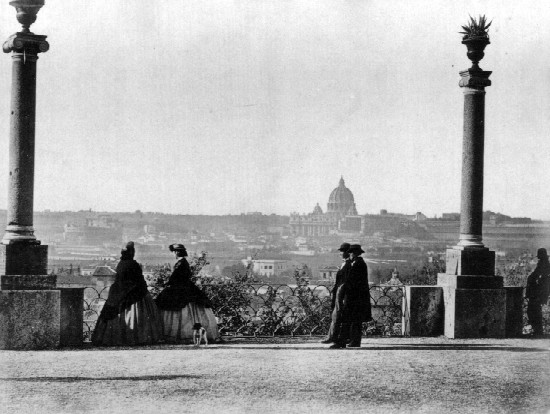
Il Pincio is actually a part of Villa Borghese and it connects the park with Piazza del Popolo. It offers a wonderful view on this famous Square: from Piazza del Popolo all you have to do is to look for the stairway on the right side of the square (coming from Via del Corso). Once, we celebrated one of my friend's birthday, eating fresh pasticcini and drinking some spumante. At night it is particularly romantic as it is not very crowded and you can enjoy the sparkling lights of the old and beautiful city.
If you want to escape the city and to move a little in a green place, breathing some fresh and clean air, you should visit the Pincio and the gardens of Villa Borghese. The Pincio area hosts the busts of many great characters of History (Mazzini had the idea of putting these statues there) and also a "water clock", in italian language is called idrocronometro, which uses the water of the ancient pool to make it work.
From there you can visit Villa Borghese and the renowned Galleria Borghese, which contains a great amount of wonderful artworks: it reopened some days ago and now all the 260 pieces of art are available and can be admired. Moreover, if you are an under 25 and you're European it costs only 2 euro!

The jewish ghetto
This quartier has very ancient origins. The name itself was coined in Venice, in the first part of the 16th century, to describe the place where jewish were confined (from the italian verb "gettare", i. e. to throw away): at Rome some decades after the Pope Paolo IV decided to do the same and demarcated an area reserved for this minority. It was forbidden for hebrews to leave the ghetto on night and romans governors built walls to separate the area from the city: this part of the city had initially only 3 doorways but the increasing number of Jewish people caused an extension of this area and also an increment in the numbers of doorways, which today are not detectable anymore. They had to hold an indentifiable green sign on their clothes and it was forbidden to own any kind of property. The ghetto used to expand in height because of the horizontal boundaries and limitations, so the place is full of high and "readjusted" buildings.
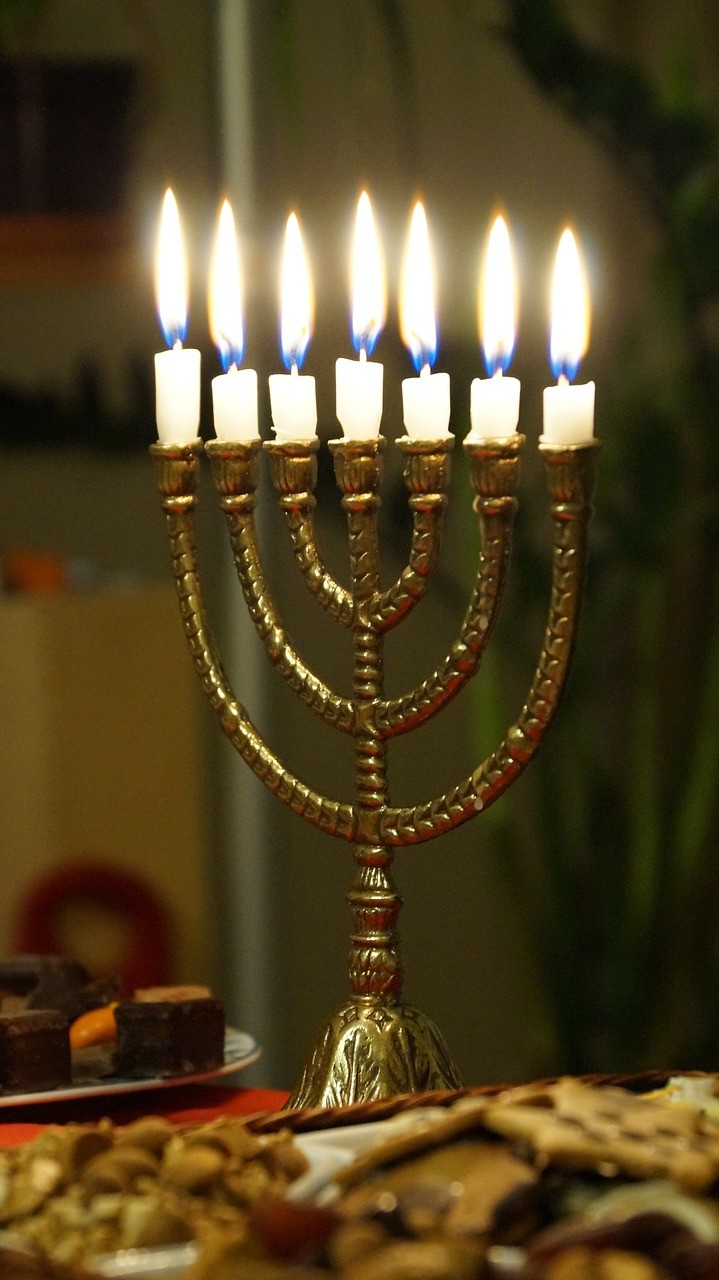
Their life in the ghetto was not always the same as it depended on the Pope who was in charge: some of them were more and some less severe towards Jewish people: for example, at the end of 1500 an ordinance was emenated which forbade any kind of abuse against them. The situation changed with the birth of Italy, in 1870: notwithstanding the new formal and institutional attitude of the nation toward the minority their life in the roman society didn't change and this situation reached the apex during the Second World War.
The ghetto is located near the Tevere river but its structure changed radically from how it used to be up until the 19th century. When I visited this place I tried a delicious piece of cake with walnuts as many people recommended me to try their cakes and pastry: it was different from all the italian traditional Pasticcierie (patisserie) that you can find everywhere: this place was actually cooking only cakes. Another thing you should try in this ghetto is the fried artchoke, cooked following the traditional jewish recipe.

Beyond Rome: Tivoli
If you're going to stay in Rome for more than 3 days and you already know well enough some of the most important touristic places of the city, you can go and visit something else. I'm talking about the city where I studied for five years and which gave the name to many danish and french amusement parks: both cities I visited in Denmark (Copenhagen and Aarhus) had a Tivoli Park. When I discovered it I was astonished and, through some researches I found out that:
- There are many cities, rivers, theatres that are called Tivoli.
- The french gardens, Le jardin de Tivoli, are actually built to resemble the gardens of Villa D'Este (of our Tivoli).
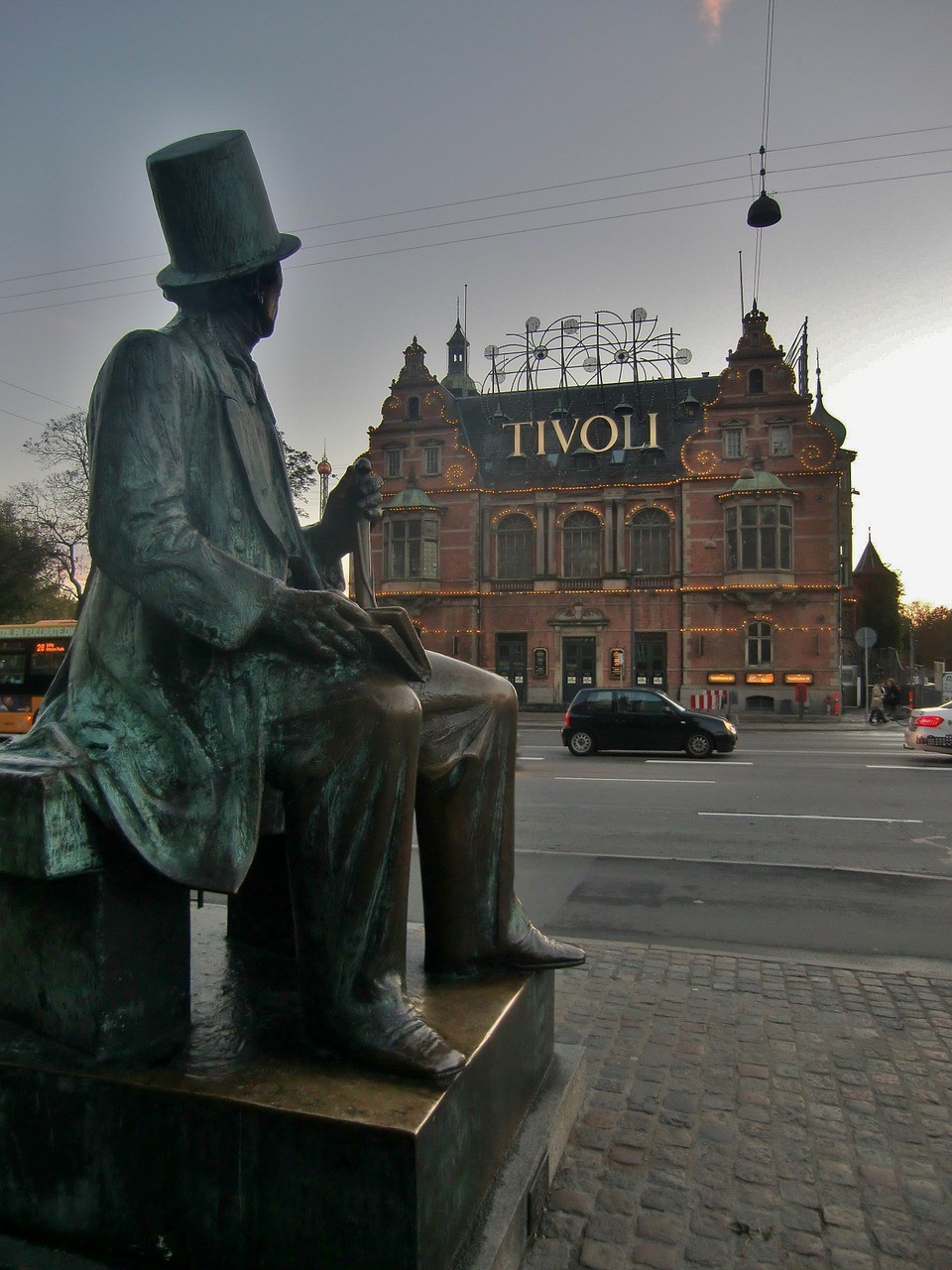
Now, I hope you will find it interesting to take a look at the city: it is only 45 minutes far from Rome and there are many trains that will take you there (especially from Roma Tiburtina, and it also stops in my city). Once the train leaves Guidonia, the landscape changes and it begins to proceed through mountains: Tivoli is, in fact, a mountain and its river left behind it a thriving greenery. The river was redirected by human hand in order to stop the repeated inundations to which the city was subjected.
You can visit Villa D'este, Villa Gregoriana or you can also take a walk near the old part of Tivoli. It is always better to visit it in summer as its fresh wind can give you some solace to the hot weather of Rome and you can enjoy the nature without freezing. I tell you this as every time we decide to go out in Tivoli, even in summer, we fear the cold wind and its low temperatures.
Villa D'Este was commissioned by one of the sons of Lucrezia Borgia, Ippolito D'Este, nominated by Giulio III governer of Tivoli. Choosing as architect Ligorio, he built the Villa and the gardens and implemented the waters of the river to make the spectacular fountains.
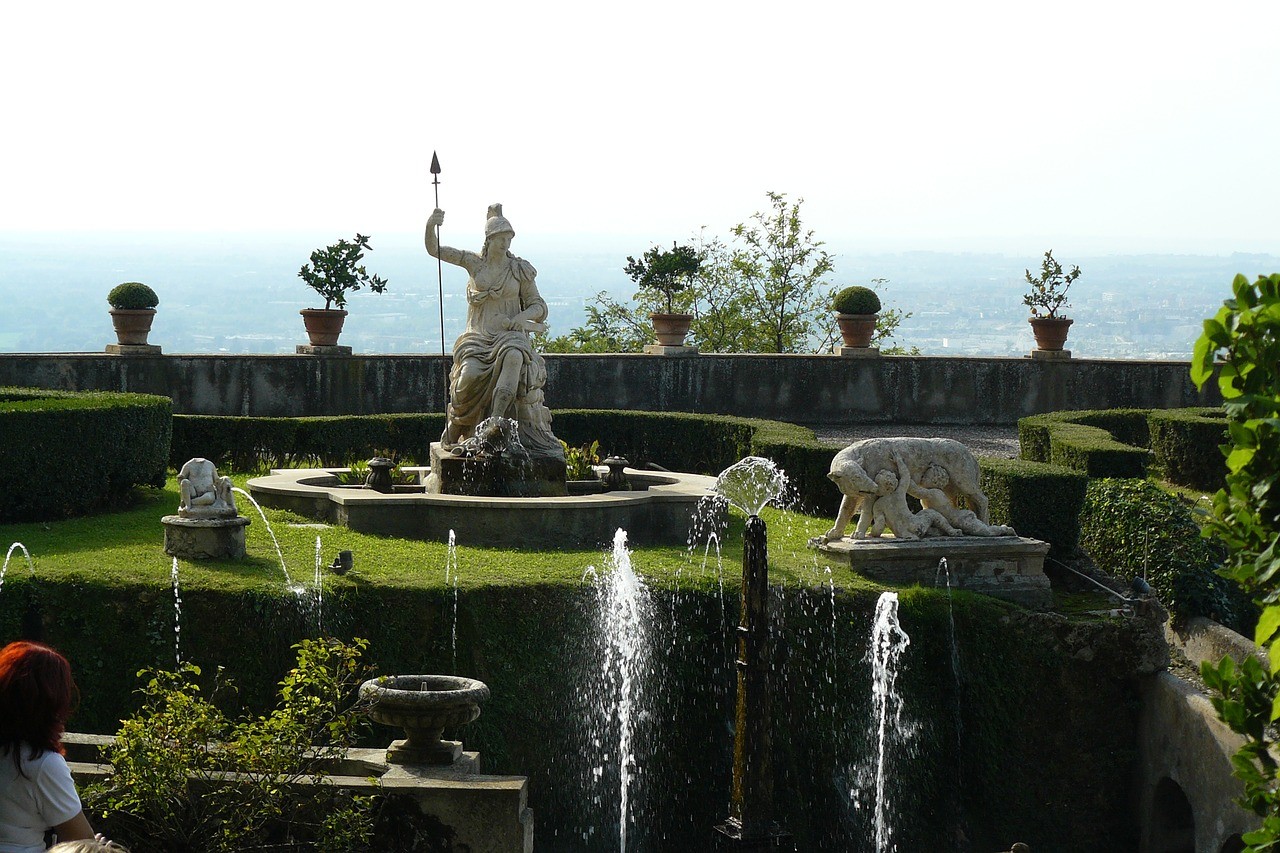
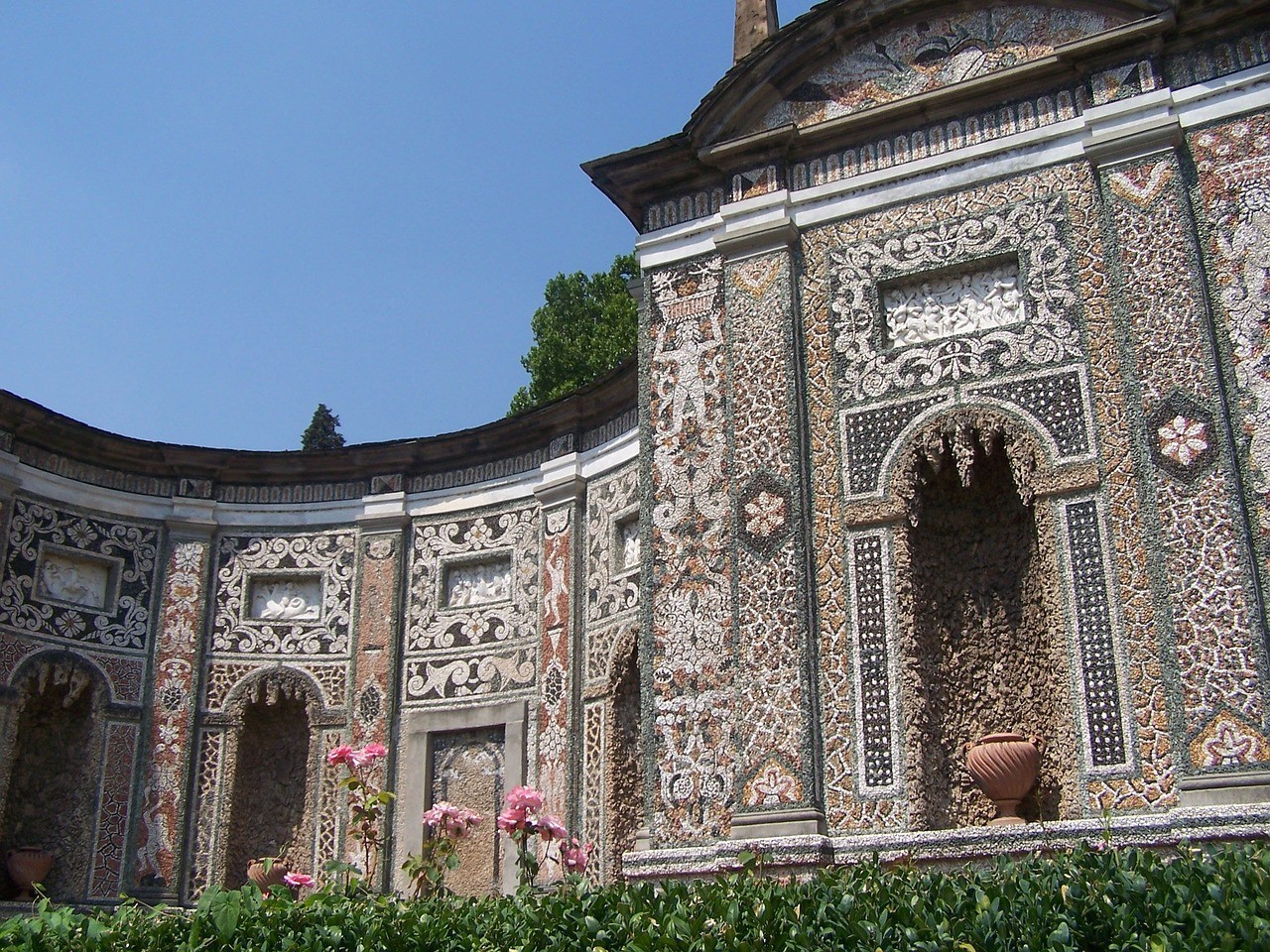
What I also recommend you to see is Villa Gregoriana: I do so as I used to be a Cicero there and I actually find it very interesting. It is not a Villa but a garden and it requires a lot of energy for someone to visit it: you can enjoy landscapes, waterfalls, ancient relics, caverns, buildings and temples. The garden was realised thanks to the dedication of Pope Gregorio XVI: after the recurrent floods (especially that of 1826), the Pope decided to deviate the river through Monte Catillo and to build the gardens with particular regards to the esthetic side of the work.
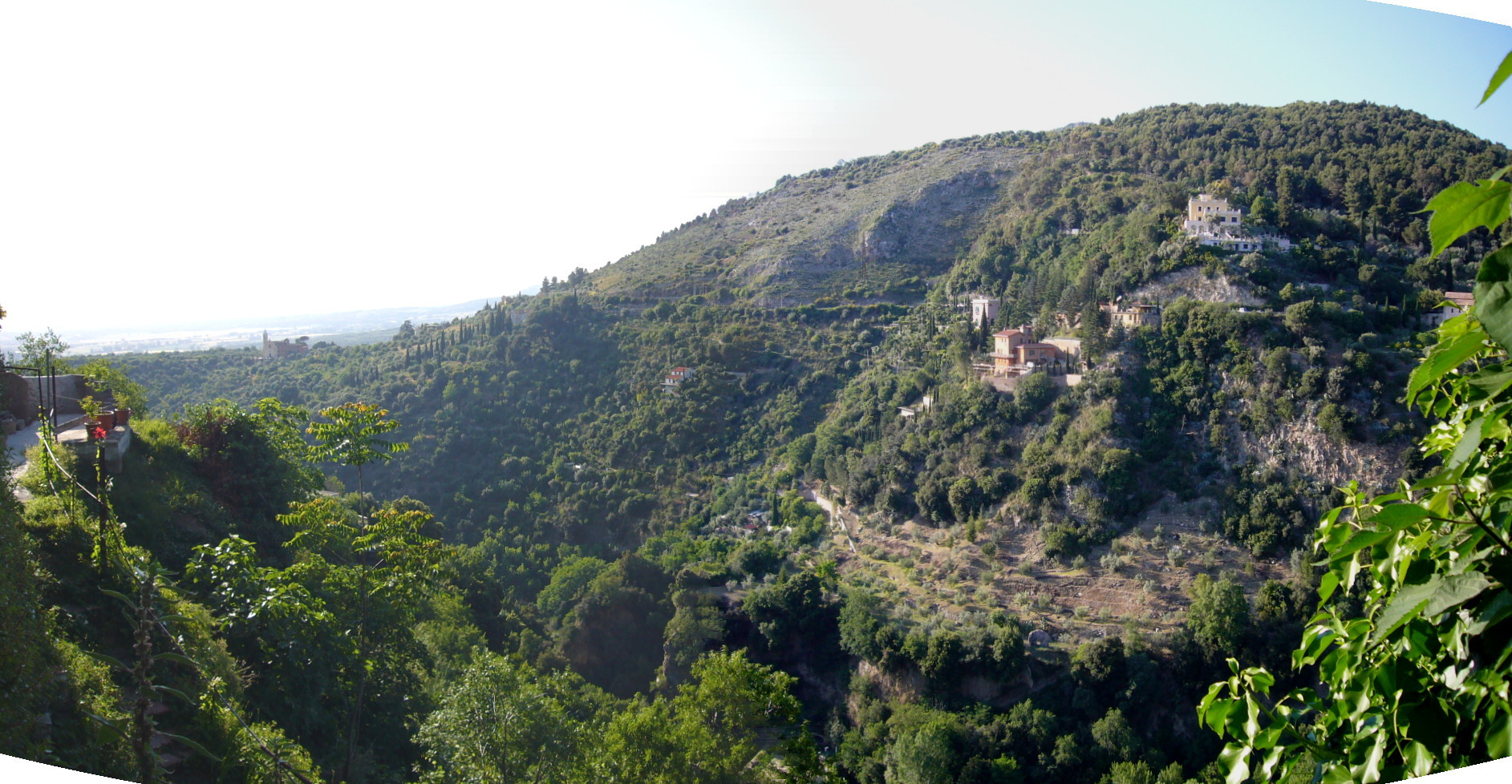
The gardens overlooks the "Infernal Valley" but is also a part of it, taking up a relatively big area. As consequence, its entrance is a bit far from its exit: the final steps of the tour bring you to the beautiful temples, the temple of Sibilla and that of Vesta. The name of Vesta recalls the ancient Vestale, ancient priestesses who had the duty to preserve the sacred fire burning in honor of goddess Vesta, patroness of the city.

There you can enjoy the view and you can also eat at the restaurant or, as I recommend, you can take a walk on the inner part of the city: the narrow and old streets with the little pots of flowers create a truly suggestive atmosphere and you can take a lot of beautiful pictures.
What to do
In the city you can try one of the many ice cream shops, you can enjoy a glass of wine at Enoteca Gadì, or, if you spend the night in the city, you can try the widely known (especially among young people) panino of Pippo which opens every night around 22:30 (apart from Tuesday night). Another place you cannot miss is Paticceria La Celestiale (litterally "The heavenly one"): there you can try any kind of italian pastry.
If you want to have a romantic dinner in an elegant place I can suggest you to choose the restaurant Il Ciocco. If you want to go out for a drink you could try the Kambrù pub, which is located in a nice little square near Ponte Gregoriano and Enoteca Gadì. Anyway, if you are coming to Tivoli it is forbidden to buy any bottled water, as the many fountains offer you free, fresh and clean water!
Villa Adriana
If you are a fan of the Imperial times, you cannot miss Villa Adriana, which was built in the II century A. D. : it is a big area in which you can see the remains of the huge complex that makes up the emperor's residence. The place is very impressive as you can actually feel and imagine the old greatness: you can see with your mind the old buildings, walls, floor, stairs, but you can also put any room or building in relation to the whole complex as there is no real roof or closed spaces.

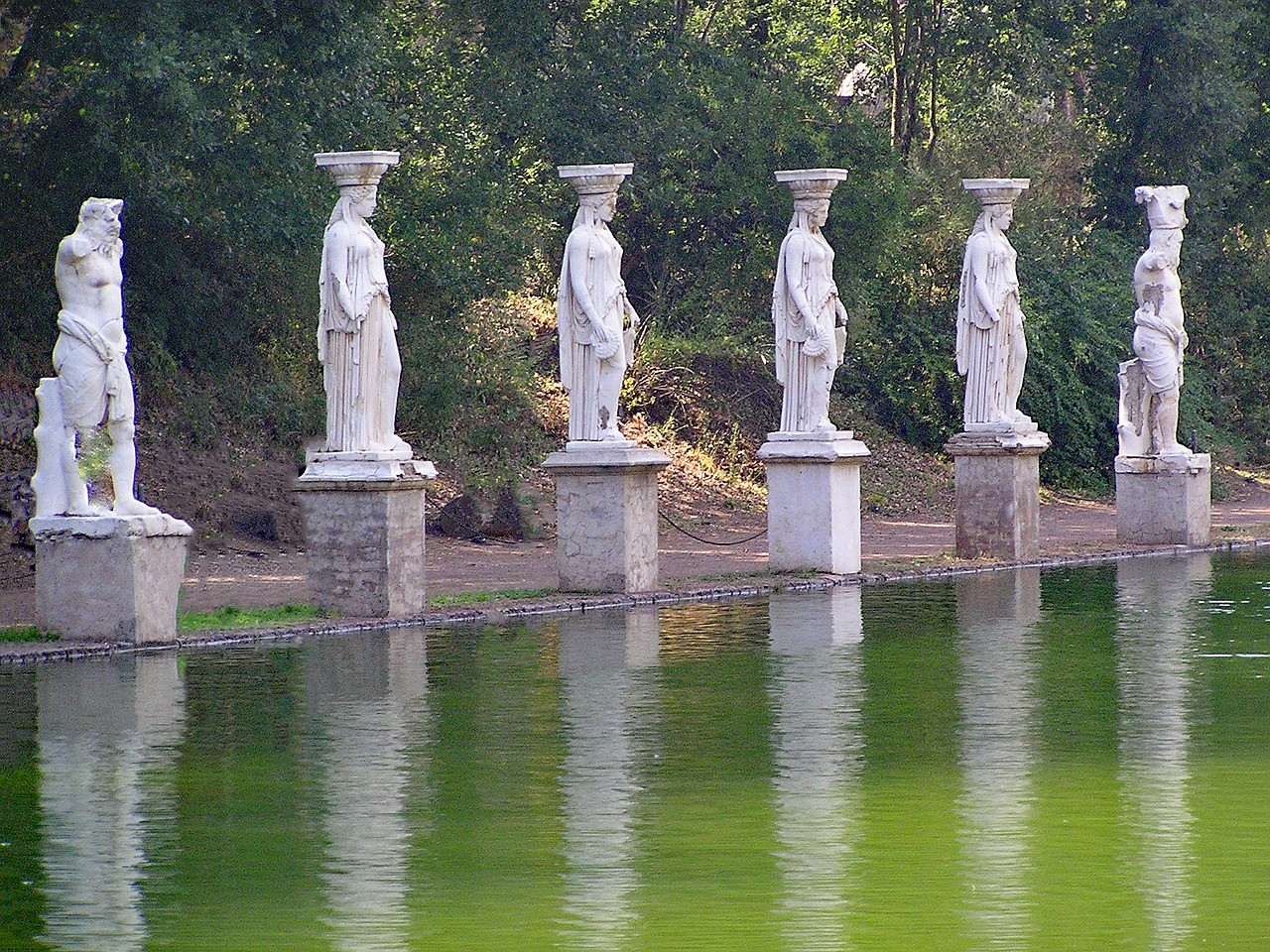
What I really liked about it was the Pecile, which is a large pool encircled by many and beautiful statues.
What to do in Rome
Every time I go somewhere new I find it hard to decide a place where I could eat, drink or just try something new, special, affordable and local: apart from Aarhus where I wisely decided to try the canteen of the uni (which couldn't be that bad), the best places around the world I found them thanks to someone who knew and tried them before.
If you're spending the night in the capital there are many nice places you can search for:
- If you want to have a good but not too traditional breakfast or brunch you can try to go to the Bakery House: it has a modern, colourful enviroment and tasty stuff.
- If you want to discover special places you can try the Lian Pub, which is actually a riverboat on the river Tevere. It is a very nice place with an old mill on it and when we went there a band was playing until midnight. If you like Lungotevere, in summer there are many improvised and modern "tiny terraces" where you can spend the sunset or the night.
- If you want something sweet you have to go to Dolce, which is a place where people usually ask for their big slice of cheesecake. If you go after dinner you will have to wait outside but I think it is worth it!
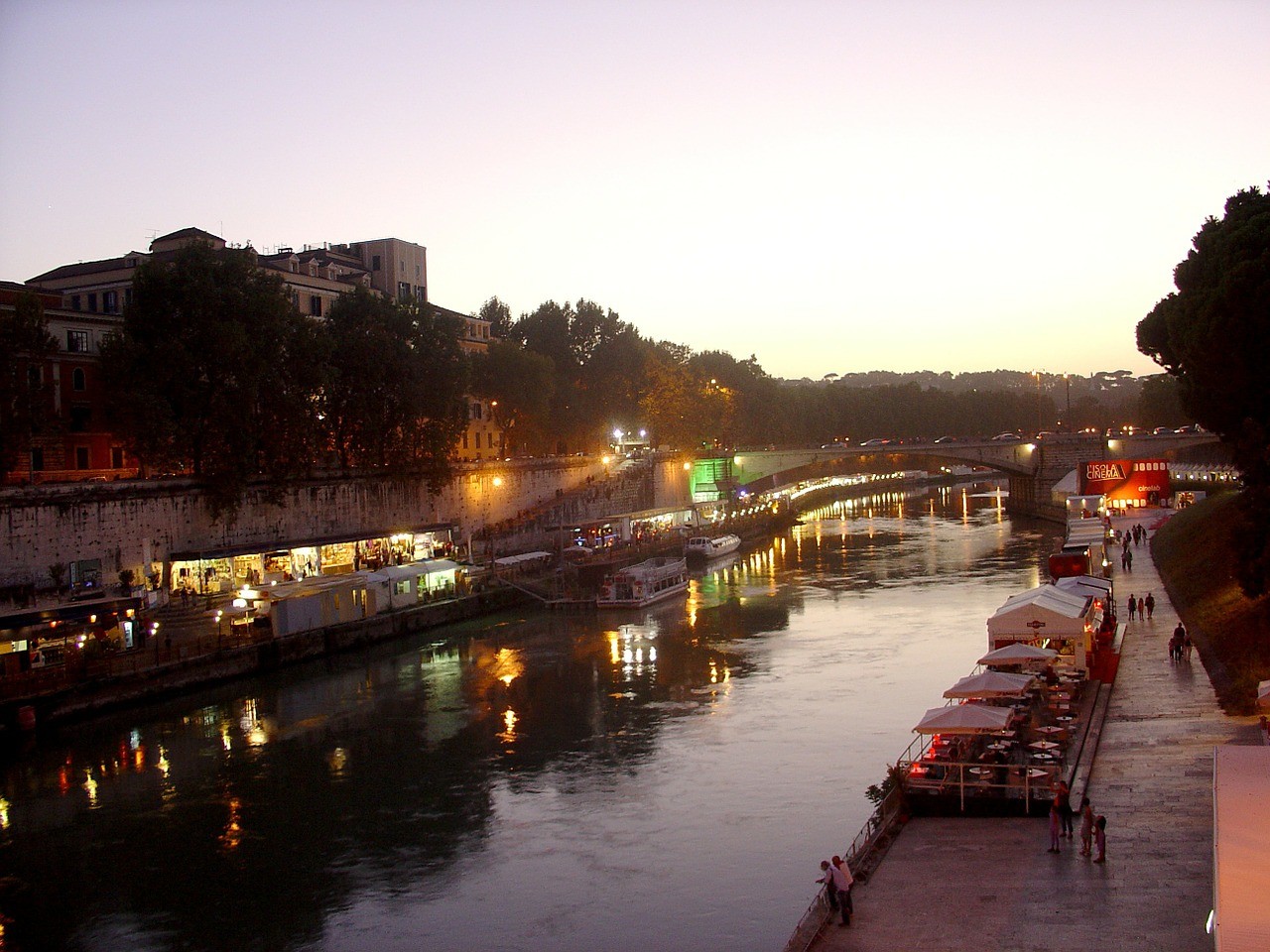
What to say - or.. how to say it!
If you are in Rome you cannot miss an important part of it: I take for granted that you all know already how expressive Roman people are in terms of gestures, but the words and expression they use are interesting as well, because they carry special and unique meanings. Personally, when I was in Denmark and I started talking and thinking in english I had to use some of these words and phrases because there was no real translation which could recall the power and precision of the italian ones.
- "Levate dalle scatole": it means litterally "get off the boxes" and it can be translated with "get the hell out", but they usually use that sentence to say when they want someone to let them in peace, go away, get out of their way, or according to some sources, it is a gentle way of getting rid of someone. If it is explcitly said to someone, it is an affectionate way of saying or an insult, but sometimes it can also be an attitude toward something that really annoys us.
- "Aridaje": I don't really know how to translate it but you say it when you want to express something that happens again (and again) and you think it's really time for it to come to an end. You can use it when the weight of the "ciclicity" of things gets too heavy! If you say only "Daje" it's a positive expression when things went well or an encouragement to do well!
- "Sti cavoli": it means "these gabbages" but you use it everytime you want to say that you don't care about something or someone, so you can be left in peace. When you say "I don't care" it has a more negative and sad shade, while "sti cavoli" is a lighter expression.
- "Boh": You use this interjection when you don't know something or we don't know how to comment something. We use it very often and sometimes when we say "io boh" it's because we are speechless about a situation.
I hope my post will make you want to come to Rome and you'll enjoy your time here! :)
Photo gallery
Content available in other languages
- Español: Lugares especiales de Roma
- Italiano: Luoghi unici a Roma
Want to have your own Erasmus blog?
If you are experiencing living abroad, you're an avid traveller or want to promote the city where you live... create your own blog and share your adventures!
I want to create my Erasmus blog! →





























Comments (0 comments)